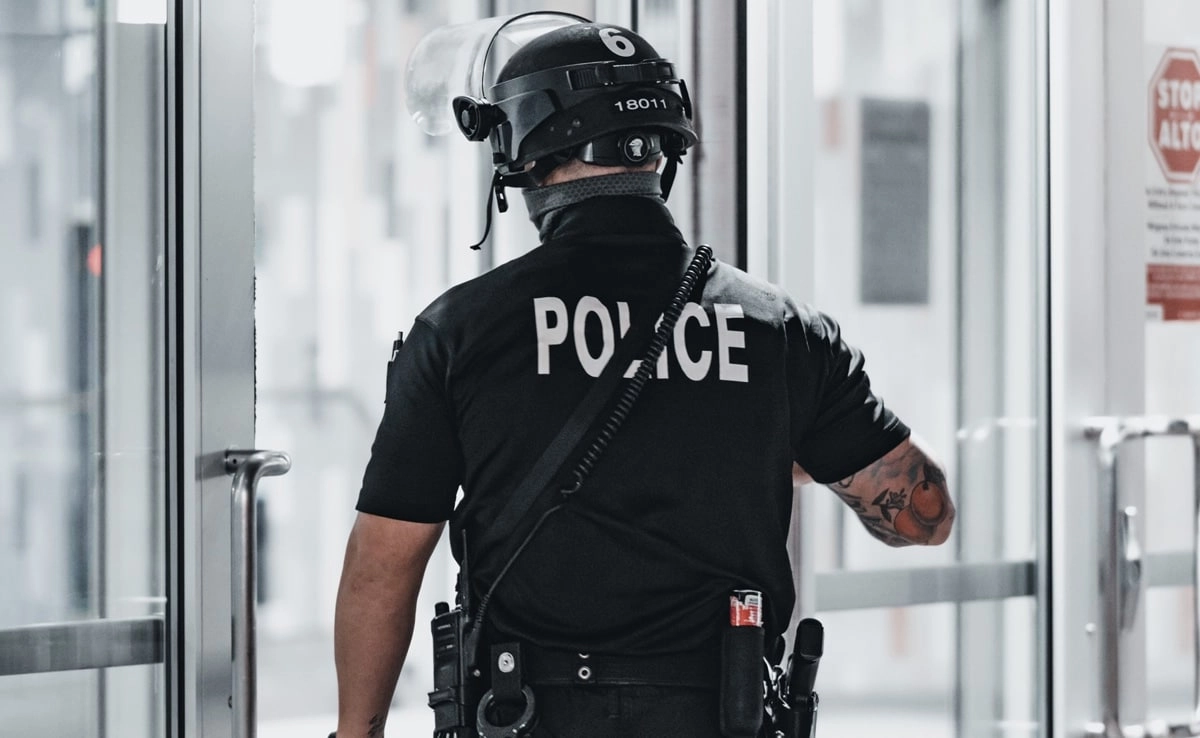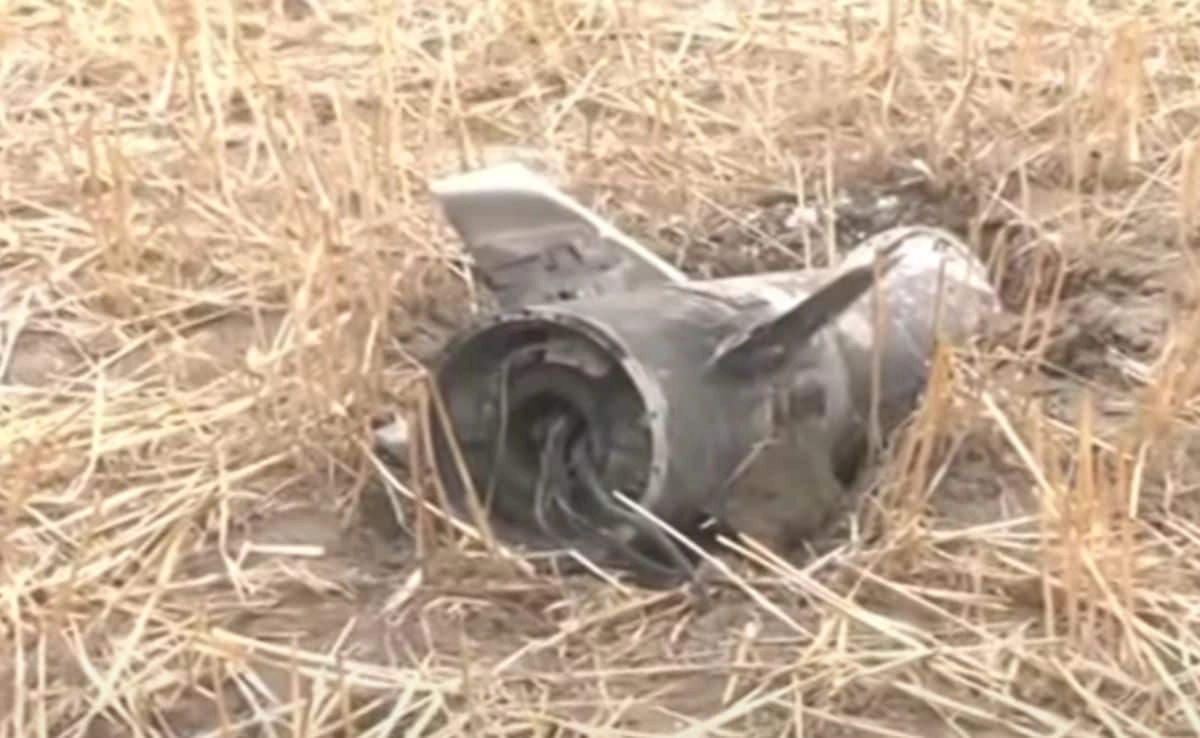The phrase “Hindi Hai Hum, Watan Hai Hindustan Hamara” resonates deeply within the hearts of many, particularly in the context of national pride and identity. This slogan has gained renewed attention, especially after the events of November 26, 2008, when a series of coordinated terrorist attacks shook Mumbai. Among the heroes that emerged from that tragic day was a group of individuals who displayed unparalleled courage and patriotism, embodying the spirit of this phrase. They defended their homeland with unwavering bravery, demonstrating that language and culture are intricately tied to the broader concept of nationhood.
In the years following the attacks, the dialogue surrounding language and identity has become increasingly complex in India. The diversity of languages spoken across the nation reflects its rich cultural tapestry, yet it also leads to tensions regarding the dominance of certain languages over others. The phrase “Hindi Hai Hum” underscores the significance of Hindi as a unifying language for many Indians, while also sparking debates about regional languages and the preservation of local identities. The heroic actions of those who stood up during the 26/11 attacks remind us that, despite linguistic differences, a shared commitment to the nation can bring people together in times of crisis.
Moreover, the legacy of the 26/11 attacks continues to influence contemporary discussions on national security and unity. The bravery exhibited by the heroes of that day serves as a poignant reminder of the sacrifices made in the name of protecting one’s homeland. As India navigates its diverse linguistic landscape, the spirit of unity that the phrase represents becomes ever more crucial. It challenges us to appreciate the plurality of voices within the nation while recognizing that, ultimately, we are bound together by a common love for our country—Hindustan.
In this context, the slogan serves as a clarion call for solidarity among Indians, transcending linguistic and cultural barriers. As we reflect on the heroism displayed during those harrowing hours in Mumbai, it becomes clear that the essence of national identity is not solely defined by language, but by the collective memories and shared experiences that bind us. The ongoing conversation about language in India should not overshadow the fundamental values of courage, resilience, and unity that were so vividly brought to light on that fateful day. The narrative of “Hindi Hai Hum, Watan Hai Hindustan Hamara” is not just about language; it is about the enduring spirit of a nation that continues to rise above challenges, celebrating its diversity while standing united in the face of adversity.




